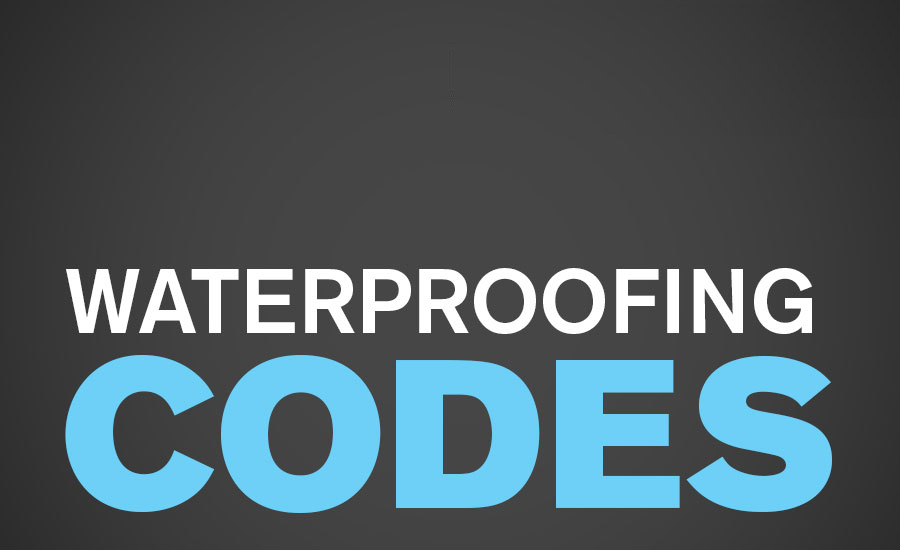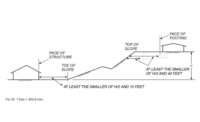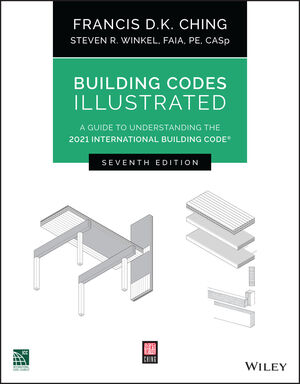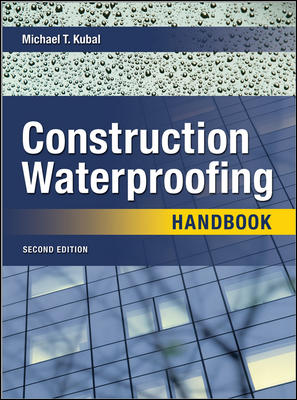SECTION 1807.4
SUBSOIL DRAINAGE SYSTEM
Where a hydrostatic pressure condition does not exist, dammproofing shall be provided and a base shall be installed under the floor and a drain installed around the foundation perimeter. A subsoil drainage system designed and constructed in accordance with Section 1807.1.3 shall be deemed adequate for lowering the ground water table.
CODE INTERPRETATION
This section implies that a subsoil drainage system is required in instances where hydrostatic pressure does not exist. The subsoil drain shall be installed by applying a base layer under the floor and installing a drain around the foundation perimeter.
Proper below-grade waterproofing design must include a system for collecting, draining, and discharging groundwater away from the structure. The most effective way to properly collect and discharge groundwater is through the use of foundation drains. Foundation drains can be field-constructed drainage systems or prefabricated soil drainage systems.
Field-constructed drainage systems consist of a perforated pipe (typically PVC) that is set in a bed of gravel at the bottom of the foundation. The perforation in the pipe is applied downward to allow the water to flow into the gravel bed. A drainpipe is installed next to the structure slightly above the bottom of the foundation to prevent the soil under the foundation from washing away. The pipe is set to slope the water towards drain fields, bare soil or sump pits. A layer of coarse gravel is set around the drainage pipe for additional water accumulation.
In some cases, meshes and/or mats can be applied over the top gravel layer to prevent soil build-up from interfering with water flow to the drainage system. The biggest disadvantage with these systems is that they rely on proper field construction (not always completed properly) and over time they become clogged with dirt, soil and contaminants.
It is the designer’s responsibility to review site-engineering analysis for water table conditions and soil analysis to determine if and what type of dampproofing or waterproofing is required.
The section also implies that the ground-water table must be lowered by implementing a drainage system that is designed to meet the following engineering principles:
- Permeability of the soil
- Rate at which water enters the drainage system
- Rated capacity of the pumps
- Head against which pumps are to operate
- Rate capacity of the designed area of the system








